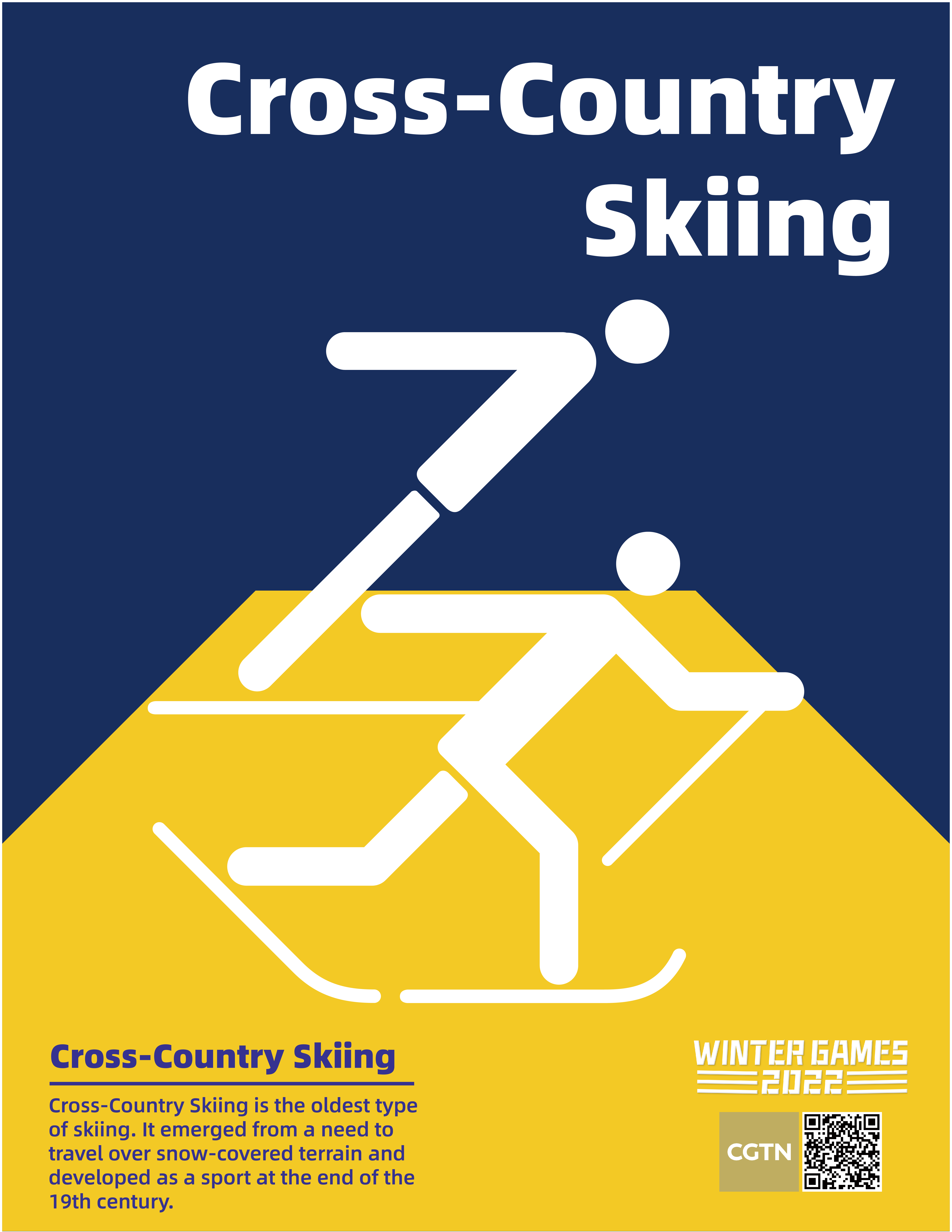Editor's note: "Natural Facts – Q&A" is a special series that answers questions on natural conditions involving winter sports. In this episode, China Meteorological Administration sheds light on the factors that affect cross-country skiing.
Cross-country skiing, also known as the "Marathon on Snow," is the most traditional snow sport. Athletes slide over mountains and fields with the help of skiing equipment. This event has not been absent from the Games since the 1924 Winter Olympics.
Q: What factors may cause the delay or cancelation of the event?
A: Cross-country skiing is very sensitive to meteorological conditions such as temperature, wind, humidity, snowfall and sunshine, and postponements or cancellations can occur as a result. Generally speaking, when the temperature is below minus 20 degrees Celsius athletes need to pay special attention to keeping themselves warm. When the temperature drops below -25°C, it might be too cold to continue the event. When the temperature is above 5 degrees Celsius, precautions should be taken to protect athletes from dehydration and sunburn.
Besides the direct influence brought by the weather, athletes' performances are also be affected by how the skis are waxed based on various weather conditions. Different snow waxes will be used according to the conditions. Generally, the change of 2-3 degrees Celsius in temperature will require replacement of wax, and the higher the temperature, the stricter the requirements. A race-level cross-country ski needs six to 10 coats of ski wax.
On a fine day, a waxer's work can help cross-country skiers improve their performance by up to 5 percent. And properly waxed skis can improve the performance by about 10 percent in adverse weather conditions.

What is cross-country skiing? Feng Yuan/CGTN
What is cross-country skiing? Feng Yuan/CGTN
(If you want to contribute and have specific expertise, please contact us at nature@cgtn.com.)

